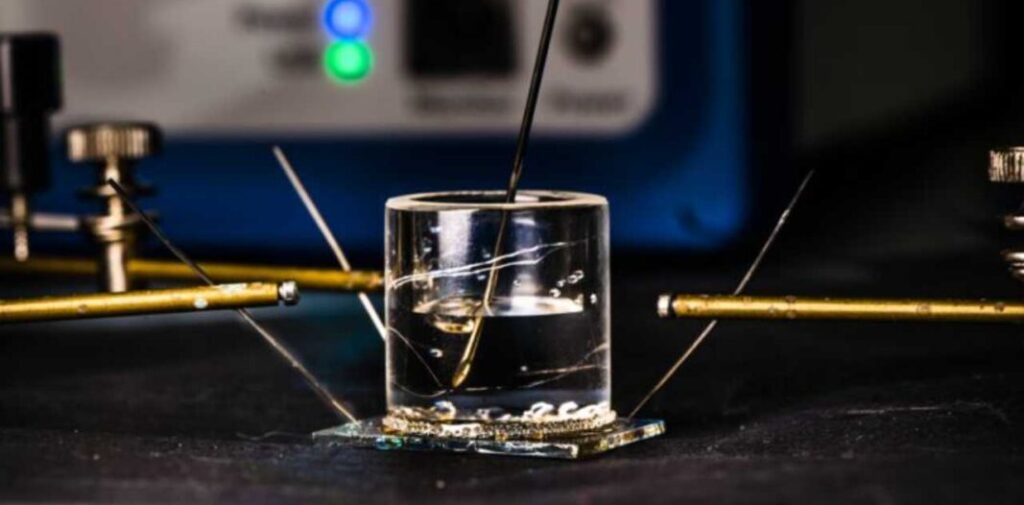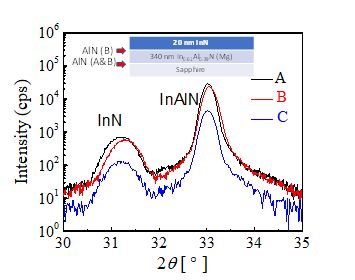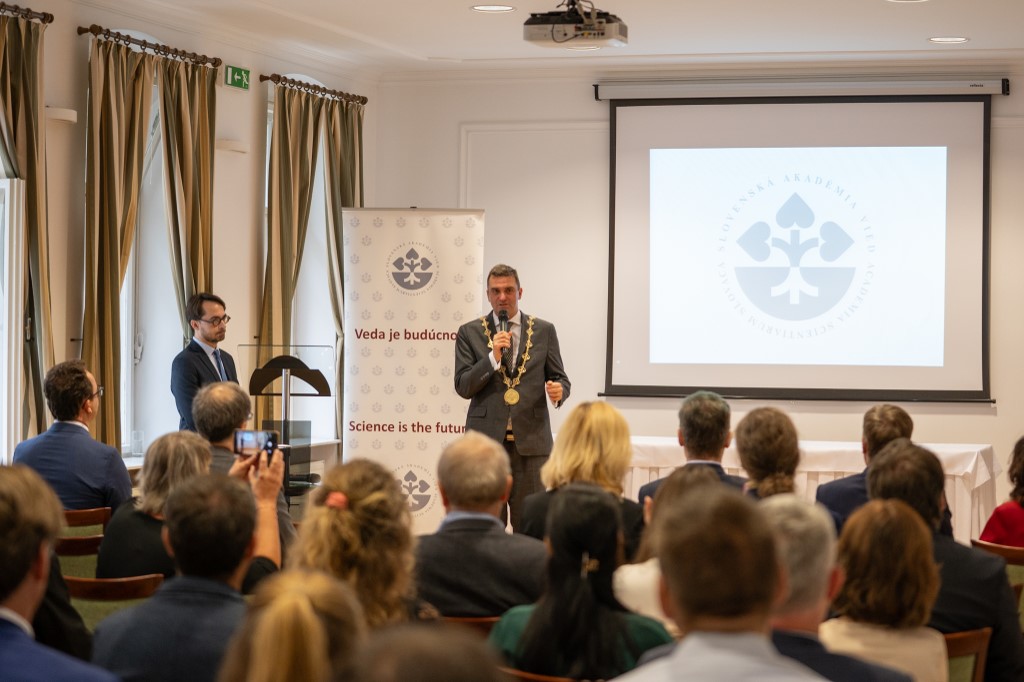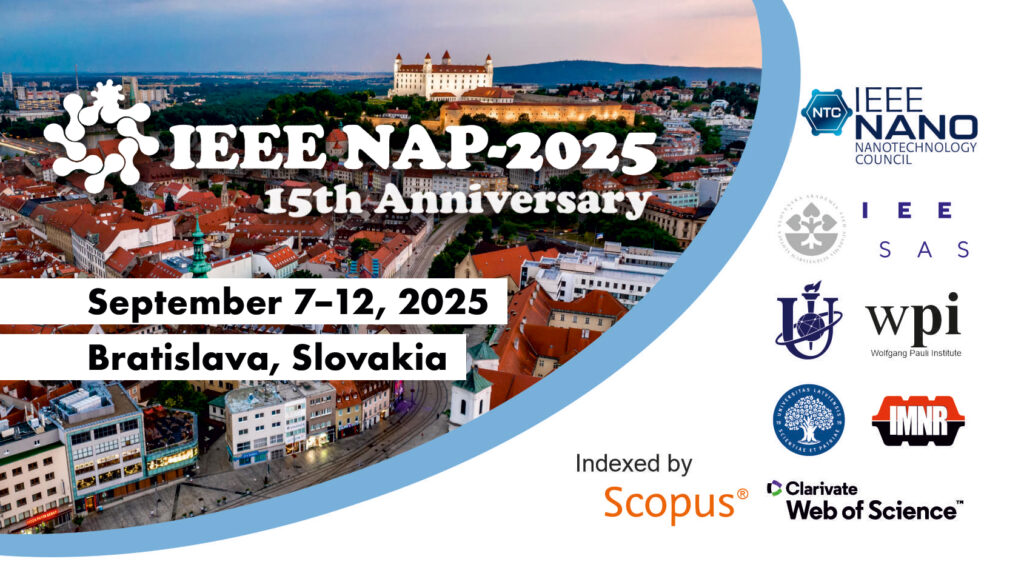Article list

Time: October 10, 2025 on 10,00 a.m. Place: ElÚ SAV, v.v.i. (meeting room 101) Program:

Institute of Electrical Engineering invites you to a lecture by Dr. Gábor Méhes (Waseda University, Japan) on 8 October, 2025 at 9:30 a.m. in the IEE SAS Meeting Room 101 at Dúbravská Cesta 9 in Bratislava. Title of the lecture: Advancements in the fields of organic electronics and bioelectronics through research in Japan, Sweden, and the US. Dr. Gábor Méhes is…

The Institute of Electrical Engineering of the Slovak Academy of Sciences announces a selection procedure for the position of Senior Research Scientist, specializing in the preparation and characterization of semiconductor sensors. The work will focus on independent scientific research in this field, with the use of X-ray photoelectron spectroscopy, and will include testing the electrical…

Applicant will deal with the growth and processing of epitaxial III-N quantum structures prepared by metal-organic chemical-vapor deposition. Main emphasize will be given to heterostructure quantum wells containing In(Al)N compounds for future ultra-fast transistors, mixed-signal electronics as well as GaN-based vertical switches. Material study will include several techniques for structural, electrical and optical investigations. Finally,…

InN has been recognized as a far-reaching candidate for ultra-high-speed electronics since almost two decades ago. Indeed, very recently these expectations were supported by us extracting the electron drift velocity of 1 ×108 cm/s in 775-nm thick InN, the highest ever reported value in any semiconductor material. We report proof-of-concept N-polar InN/In0.61Al0.39N heterostructures. 20-nm thick…

In 2025, researchers from the Institute of Electrical Engineering of the Slovak Academy of Sciences, presented their scientific activities as part of the European Researchers’ Night festival. Since 2025 was also declared the International Year of Quantum Science and Technology, a Quantum Zone was created in the V-club, featuring demonstrations, experiments, and workshops. At our…

Institute of Electrical Engineering SAS is opening a technical personnel position from October 2025, specialized on design and preparation of printed circuit boards for memristor arrays. Degree required: Highschool with graduation exam Experience required: min. 3 years in the field Salary based on the law no. 553/2003 Z.z., starting 1200 EUR. Application deadline: 30.9.2025 Contact: Ing….

On September 16, 2025, the Small Congress Center of the SAS Publishing House Veda in Bratislava hosted the award ceremony for the Outstanding Publications of the Slovak Academy of Sciences (SAS) for 2024. The prizes were presented by the President of SAS, Martin Venhart, together with the Vice-President for Science, Research and Innovation, Tomáš Hromádka….
High field superconducting magnets have many present and potential future applications, such as medical magnetic resonance imaging (MRI) machines, particle accelerators like the Large Hadron Collider for research, fusion reactors for energy applications, and high field scientific experiments, which require tens of Teslas of magnetic field strength. These magnets usually consist of several pancake coils…

The 15th IEEE International Conference on Nanomaterials: Applications & Properties (IEEE NAP-2025) will take place on September 7–12, 2025, at the Crowne Plaza Hotel in Bratislava, Slovakia. Organized by the IEEE Nanotechnology Council together with the Institute of Electrical Engineering at the Slovak Academy of Sciences, and supported by international partners from Sumy State University, the Wolfgang Pauli Institute (WPI) Vienna, the University of…





